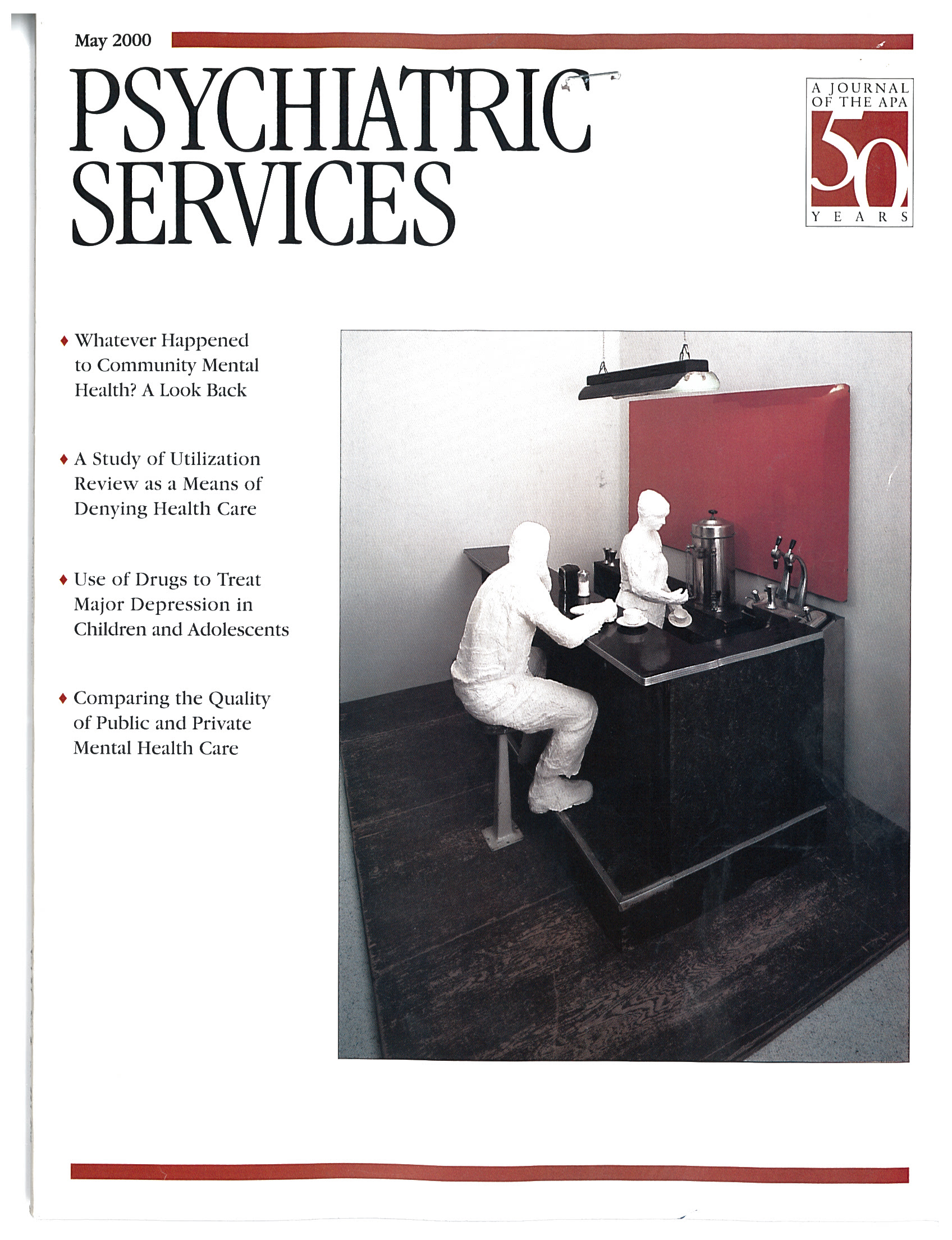Utilization Management in a Large Managed Behavioral Health Organization
Abstract
OBJECTIVE: The utilization management process of a managed behavioral health organization was examined to determine the frequency and types of reviews and the extent to which rationing of service was achieved through the denial of services. METHODS: A case study of the utilization management program of a large managed behavioral health organization was done. Information was gathered from claims for 1997, and utilization review data were drawn from 51 plans. Data were examined by review type and authorization actions. RESULTS: The utilization management program performed a total of 9,639 reviews. The most common type was concurrent review for additional outpatient therapy visits (46 percent). The second most common type was concurrent facility review (12.9 percent). The vast majority of authorizations were approved at the level requested by the provider (91.8 percent). Very few services were denied (.8 percent) or approved at a level lower than requested by the provider (1.3 percent). CONCLUSIONS: Although concerns have been raised about the high denial rates of utilization management programs, this study found very low denial rates. Further studies are needed to determine the precise mechanisms used in utilization management programs to control utilization. In addition, the large number of reviews raises questions about the time and opportunity costs of the review process.



